Affiliate links on Android Authority may earn us a commission. Learn more.
Sharp Aquos Crystal Review
Published onOctober 23, 2014
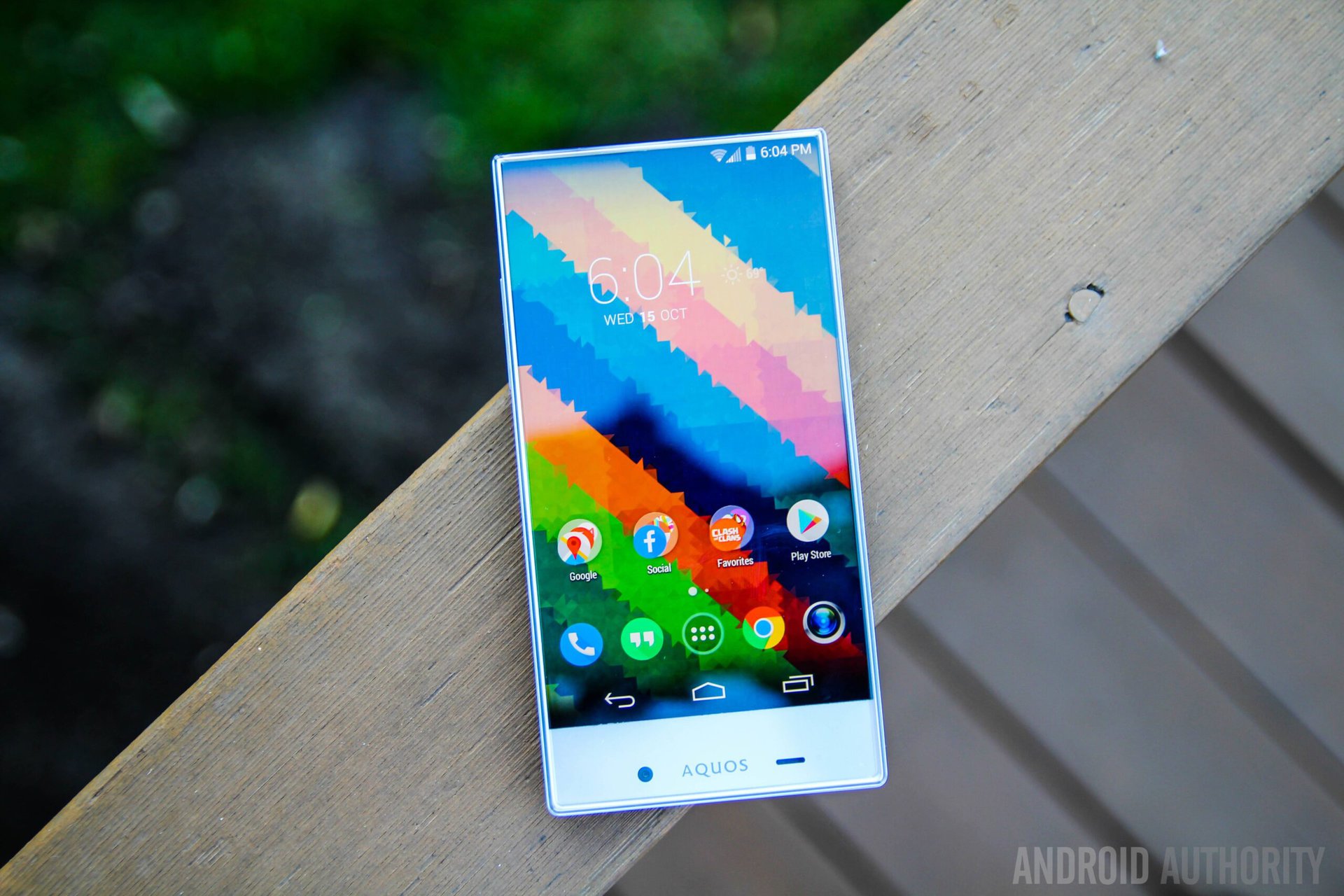
While OEMs attempt to differentiate their devices with unique design elements, build materials, and features, one aspect all agree with regards to thin bezels. With display sizes getting larger and larger, thin bezels are especially important to keep the overall footou sprint of the device at a more manageable level. Display to front surface ratios have been improving, but we are still a while away from truly bezel-less phones. One unexpected company that has come surprisingly close in this endeavor is Sharp. Today, we’ll be taking a closer look at this unique smartphone in this in-depth look at the Sharp Aquos Crystal!
You might like: Best Sharp Aquos Crystal cases
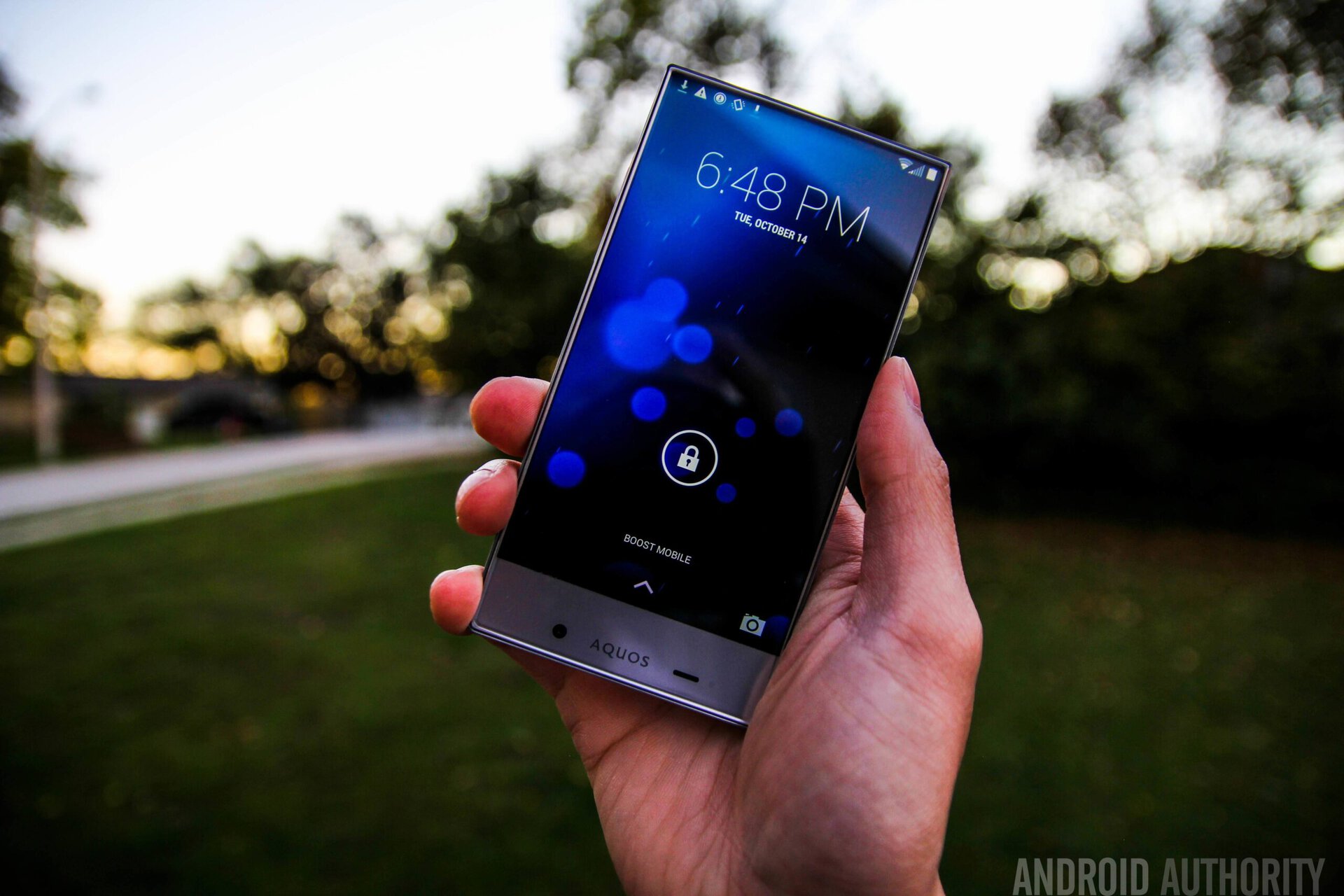
Understandably, Sharp isn’t the first company that comes to mind when you think about smartphones, but the company has certainly managed to turn heads with its latest offering. The front of the device has practically no bezel around the display, save for the large bottom chin, which is the sacrifice they had to make to achieve this mostly bezel-less design. Because there’s nothing at the top, everything that you’d usually find there gets moved to this bottom chin, including the front-facing camera and the notification LED. Because of the different positioning of the front-facing camera, you actually have to turn the phone upside down to take a selfie, to avoid the otherwise awkward angle.
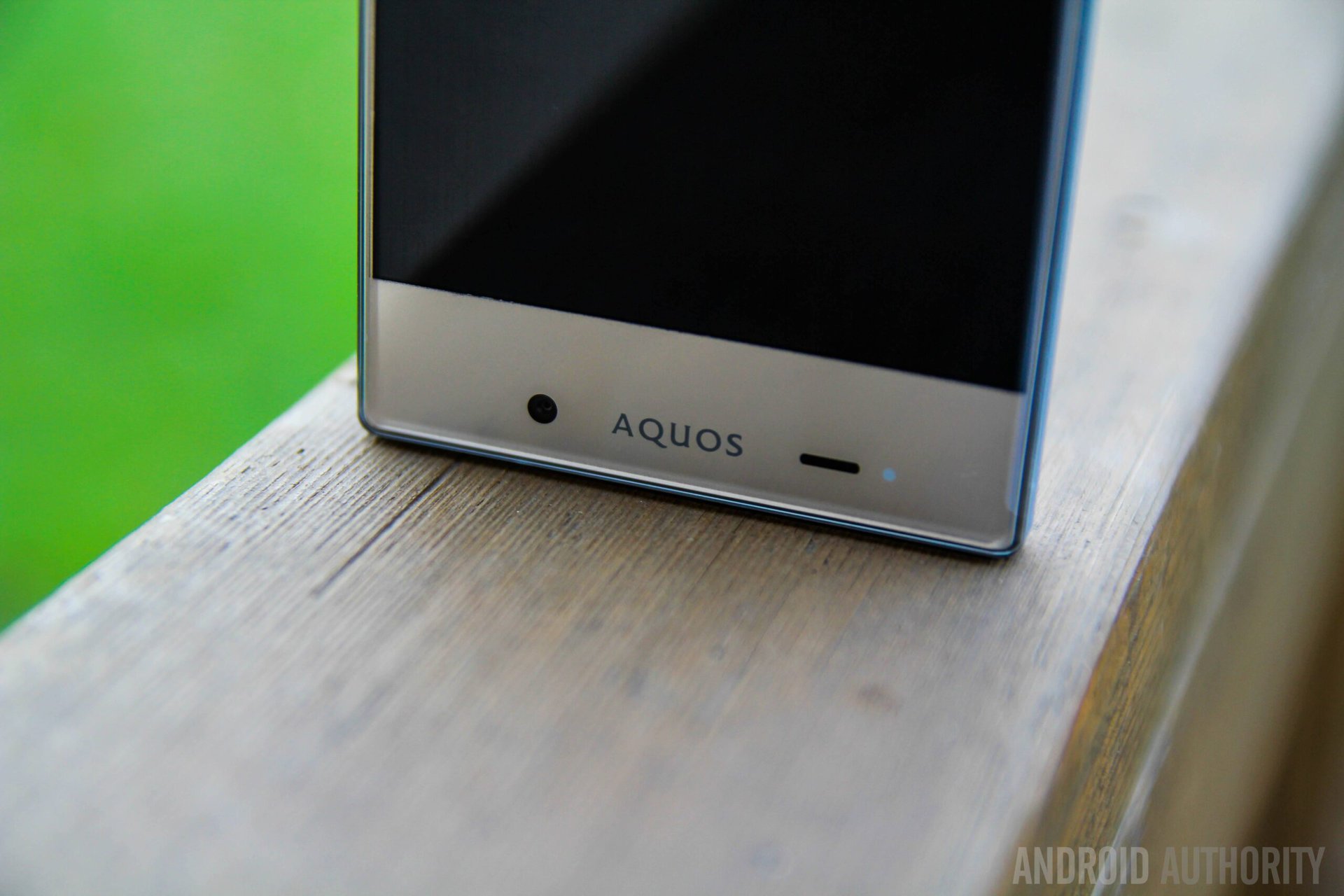
Also because of this unique design, there is no earpiece at the top, but of course, phone calls are still possible. The Sharp Aquos Crystal uses what is called a digital wave receiver, which makes the entire display vibrate, converting those vibrations into sound. As long as you have your ear anywhere along the display, you’ll be able to hear the other person like you normally would on any other phone, and this technology works surprisingly well.
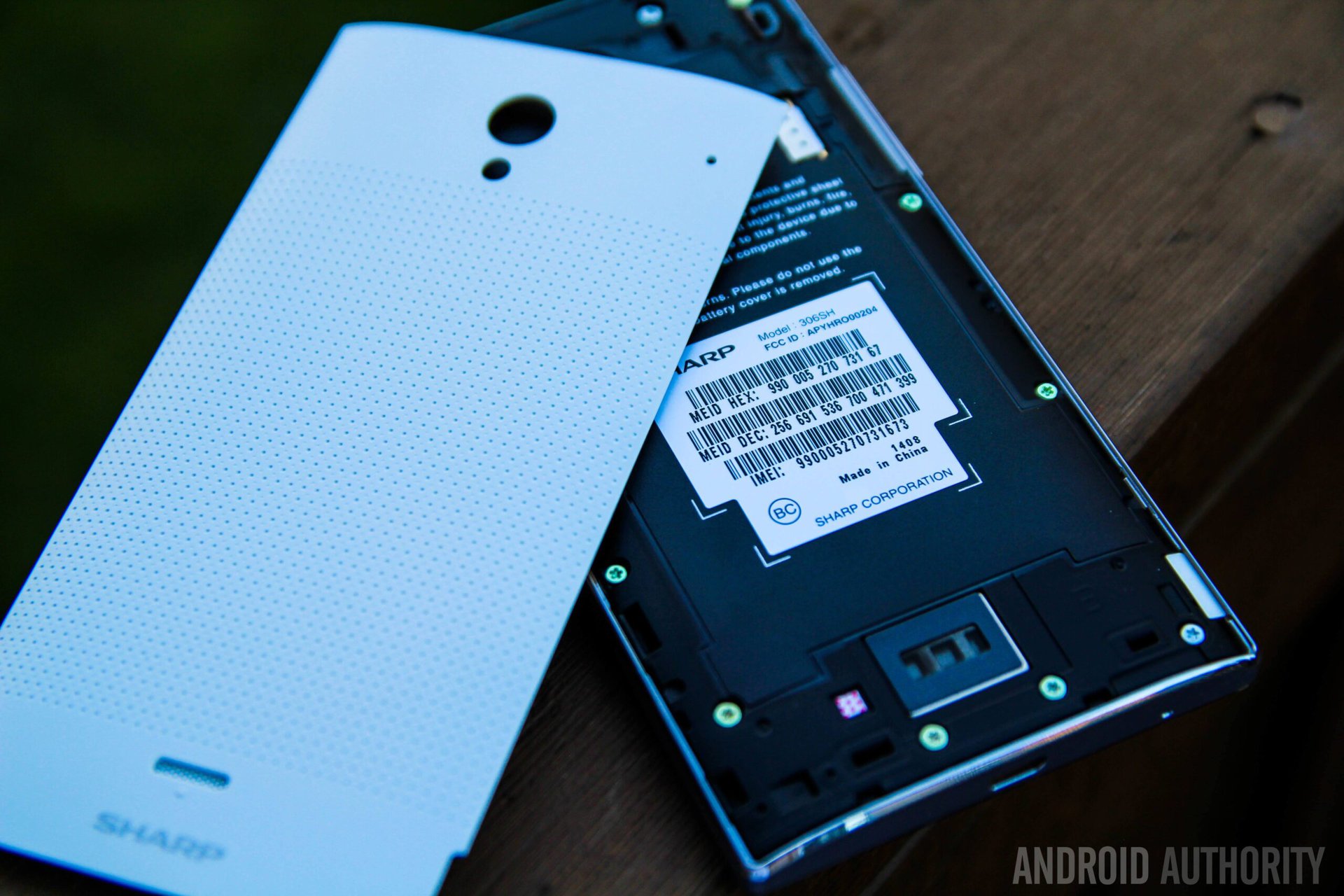
With regards to the rest of the device, the back cover can be removed to access the microSD card slot and the SIM card slot, but the battery is not replaceable. On the back is also a single speaker that isn’t all that impressive, with quite average sound quality. The volume rocker is on the left side, the power button and the headphone jack are up top, with the microUSB port found at the bottom of the device.
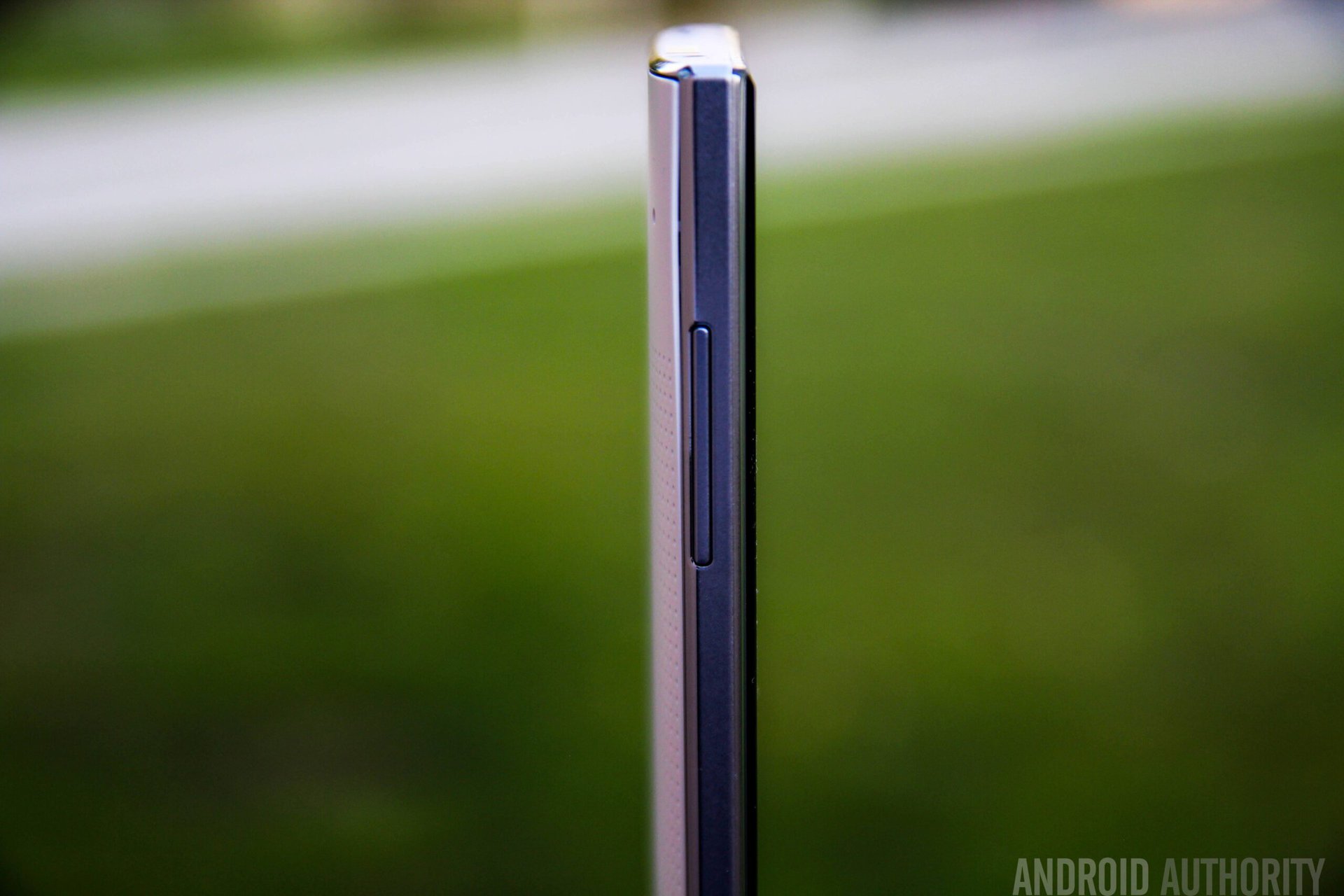
As expected, this design makes for a great handling experience, making a device with a 5-inch display feel very small and compact. It is very easy to hold and operate with one hand, which isn’t something you can see for a whole lot of smartphones currently available. When holding the Aquos Crystal in your hand and using it, you’ll also notice that there is a slight bevel around the edge of the glass, which makes for a very smooth and seamless experience when you’re swiping across the edges of the display.

The Aquos Crystal features a 5-inch display with a 720p resolution, resulting in a pixel density of 294 ppi. This is pretty standard fare for any mid-range smartphone currently available, and apart from its unique design language, that is exactly what this device is. I did notice a slight pink tint along the display, which is particularly noticeable over white backgrounds, but other than that, it’s a decent display panel, with a good amount of saturation and contrast, and good viewing angles as well.
Because of those thin bezels, watching videos or playing games on this smartphone creates a much more immersive experience. Even though this is a quite standard 5-inch display, the fact that the content goes from practically edge to edge makes it a lot of fun to consume media on this device.
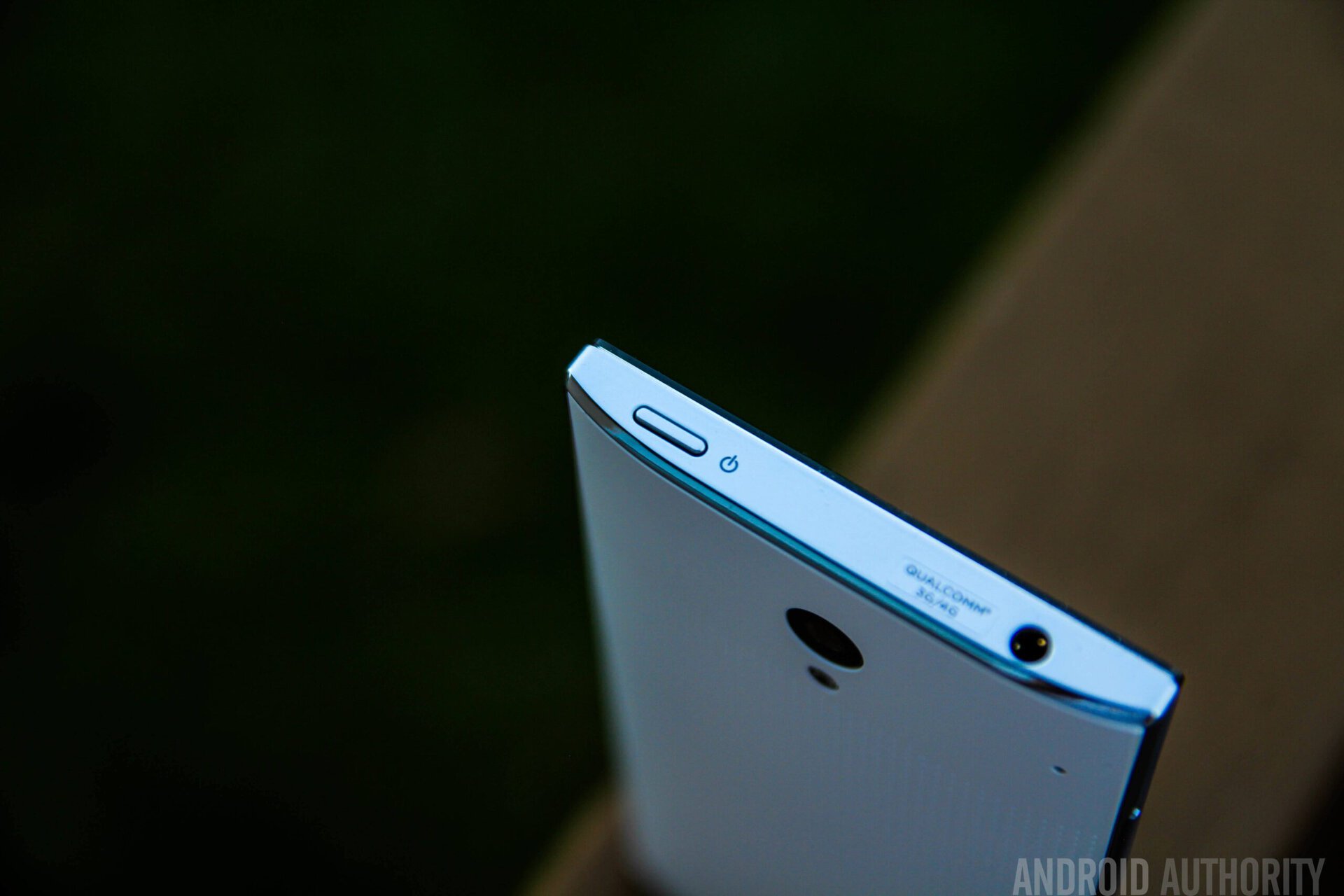
In terms of performance, you get typical mid-range specifications, including the quad-core Qualcomm Snapdragon 400 processor, clocked at 1.2 GHz, and backed by the Adreno 305 GPU and 1.5 GB of RAM. You also get 8 GB of internal storage, which can be further enhanced by up to 128 GB via microSD card. This processing package has proved to be more than decent with other mid-range devices, but that is only somewhat the case here.
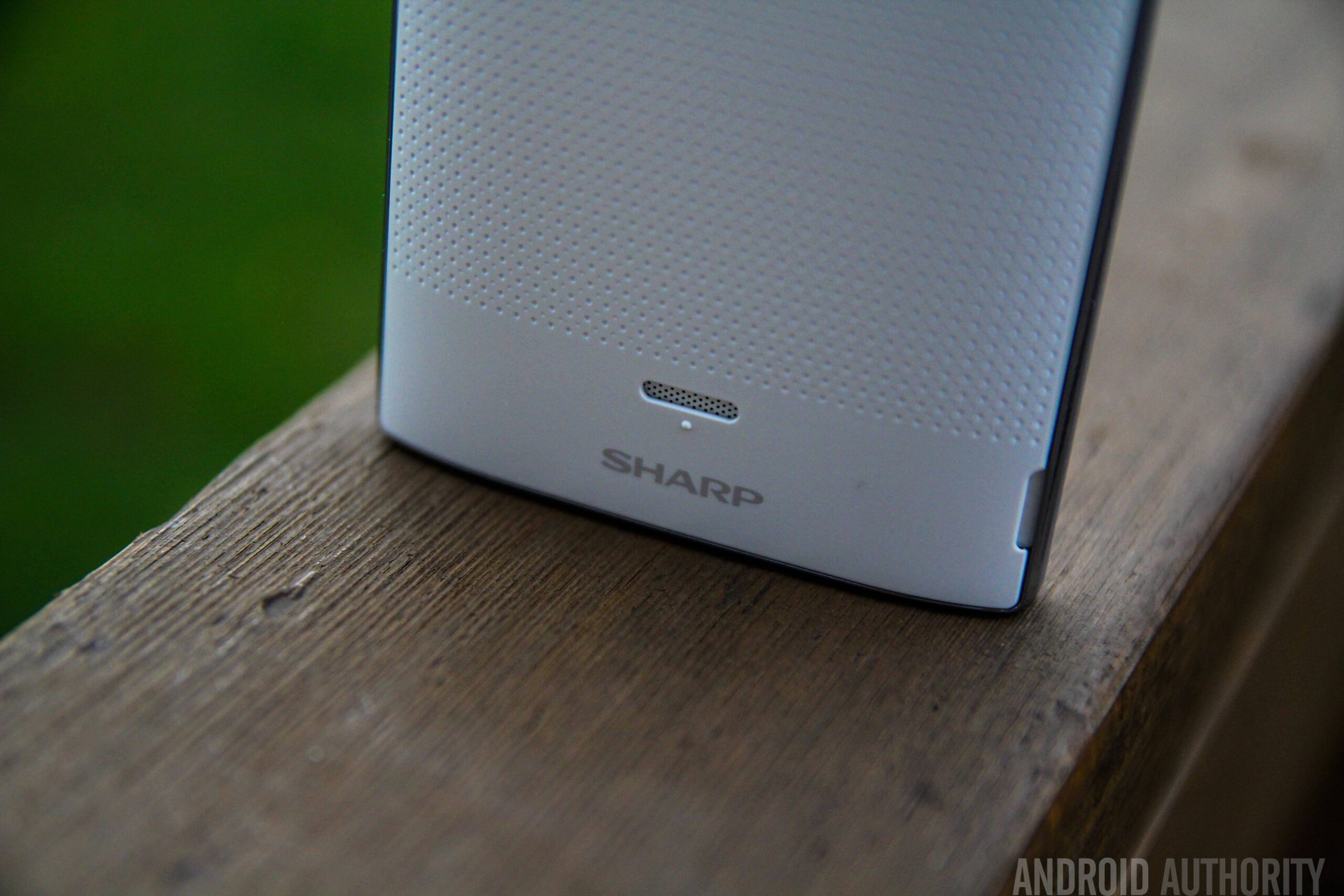
For basic activities like swiping, scrolling, opening and closing applications, texting, and browsing the web, it performs well. But it’s very easy to slow this phone down if you try to do a lot of multi-tasking or gaming, which result in a lot of lag and dropped frames. Touch screen issues have reared their ugly head at times too, especially while typing. So while overall performance isn’t downright terrible, it isn’t the best experience we’ve had with this kind of processing package.
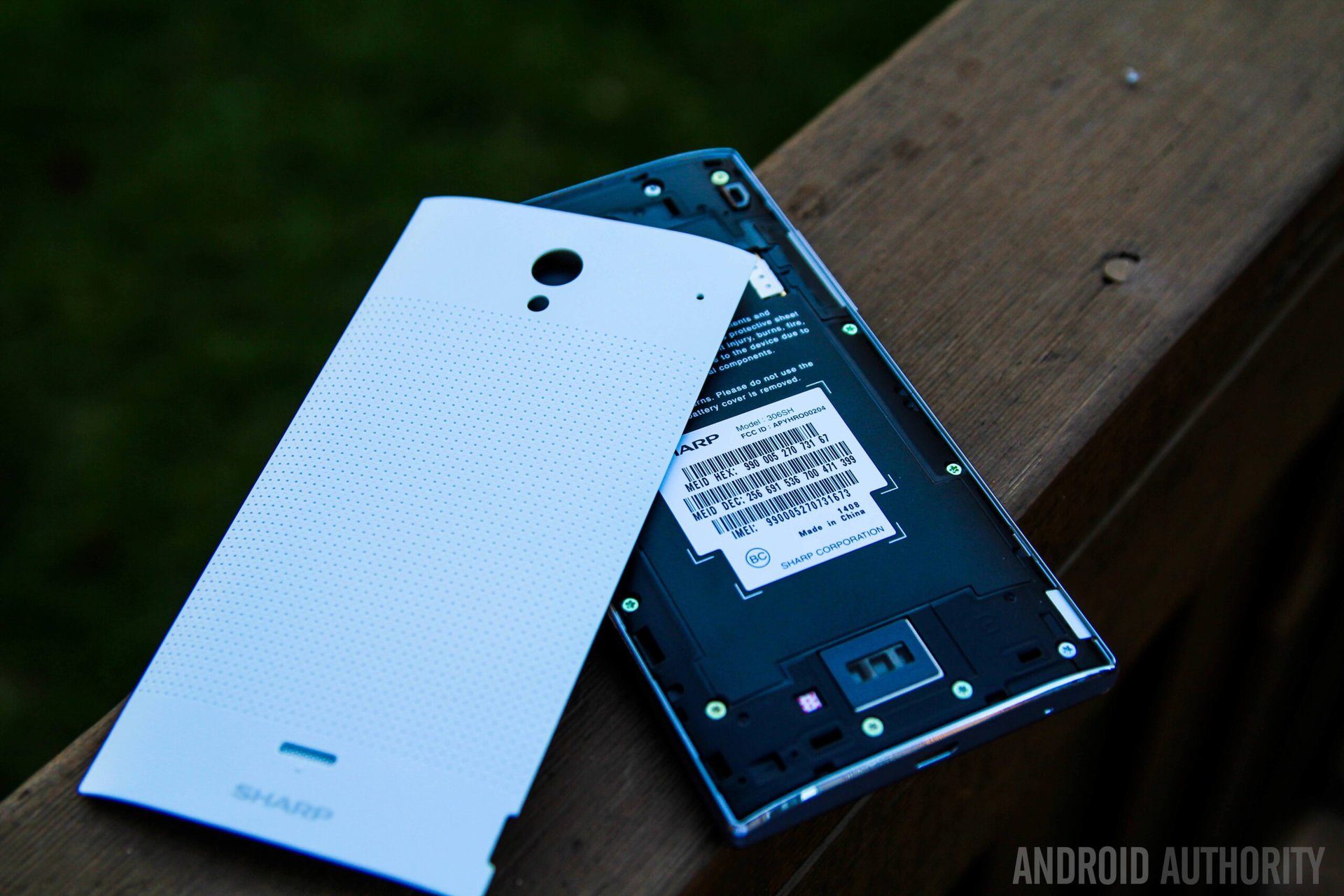
Unfortunately, the disappointing experience continues in terms of battery performance as well. The battery capacity is relatively small at 2,040 mAh, and I found myself having a very difficult time making it through a full day of use, unless I was using only Wi-Fi. Even with light usage, only up to 3 hours of screen on time was possible, so the battery performance could certainly use a lot of work.
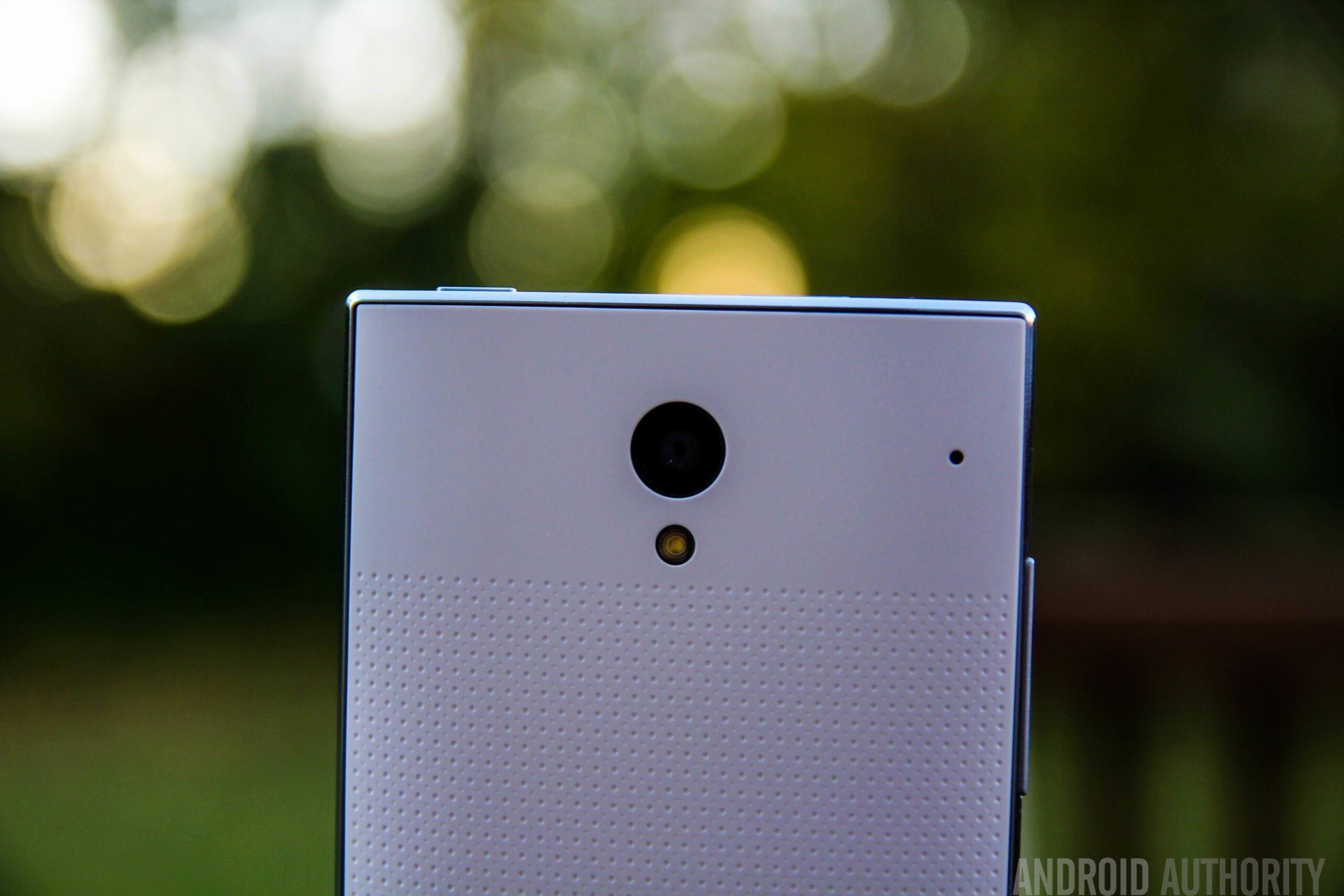
The Sharp Aquos Crystal comes with an 8 MP rear camera with LED flash, and a 1.2 MP front-facing unit. When you first start the camera, the software appears to be very simple and clean, that is until you tap on on the arrow that opens up the settings menu. There is where you’ll find various options including panorama, HDR, and a bunch of different scene modes and filters catered specifically to taking photos of people, food, or objects. The software does offer a lot to play around with, and you can really tailor the shot to your liking.
Even with these slew of options and shooting modes, the picture quality is unfortunately extremely poor. Photos are muddy, details are very soft, and they’re filled with a lot of noise, even in good lighting. Colors look extremely washed out, and HDR actually makes photos look worse. It does bring out more detail and brightens up the image, but any sort of color and contrast that the image might have had gets lost in the process. It’s a camera filled with a lot of nice options, but saying that the image quality is lackluster is an understatement.
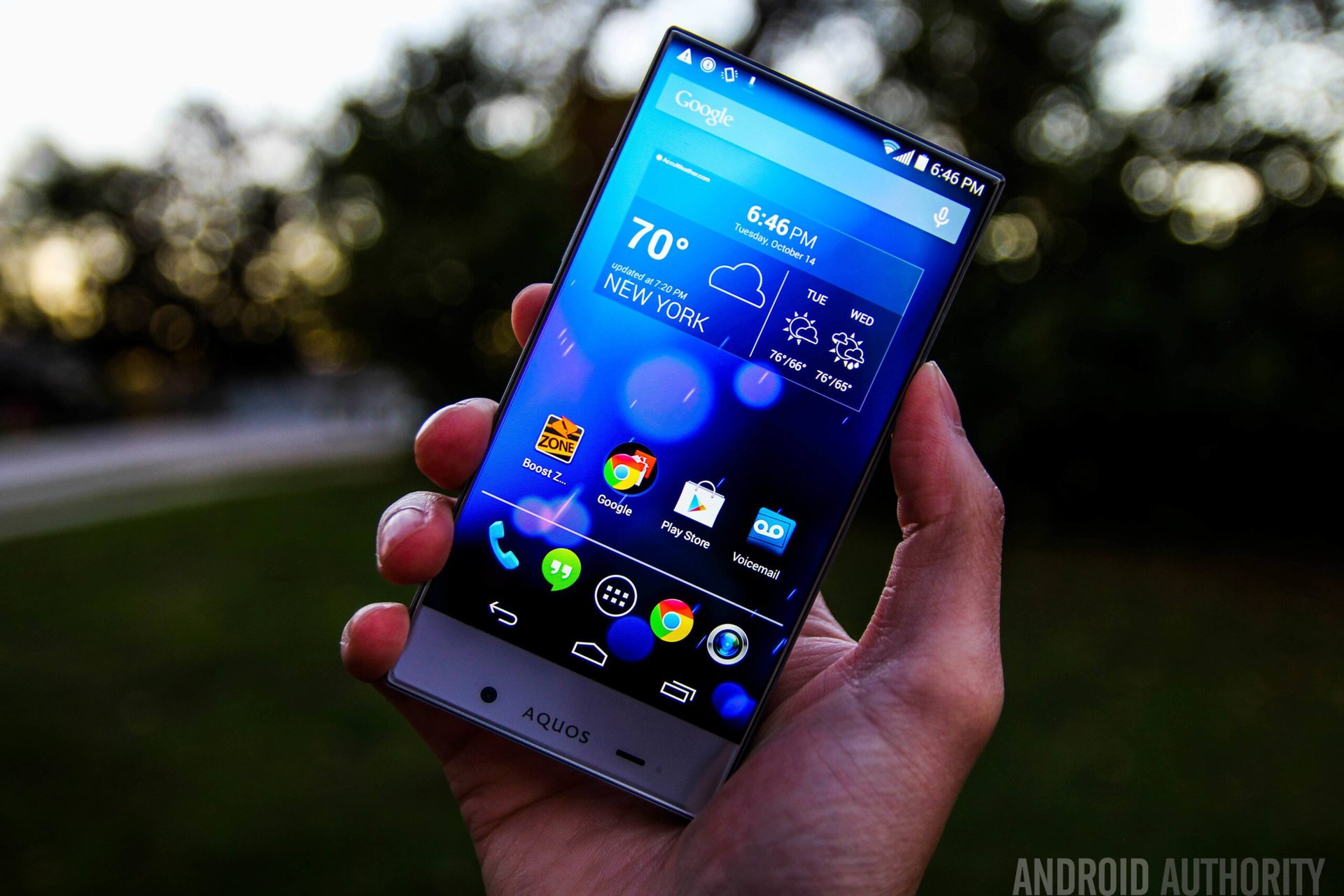
In terms of software, the Aquos Crystal runs a near-stock version of Android 4.4 Kitkat, with only a few software additions from Sharp. Some do add to overall experience, but others may not change the way you generally use your smartphone, are pretty cool features nonetheless.
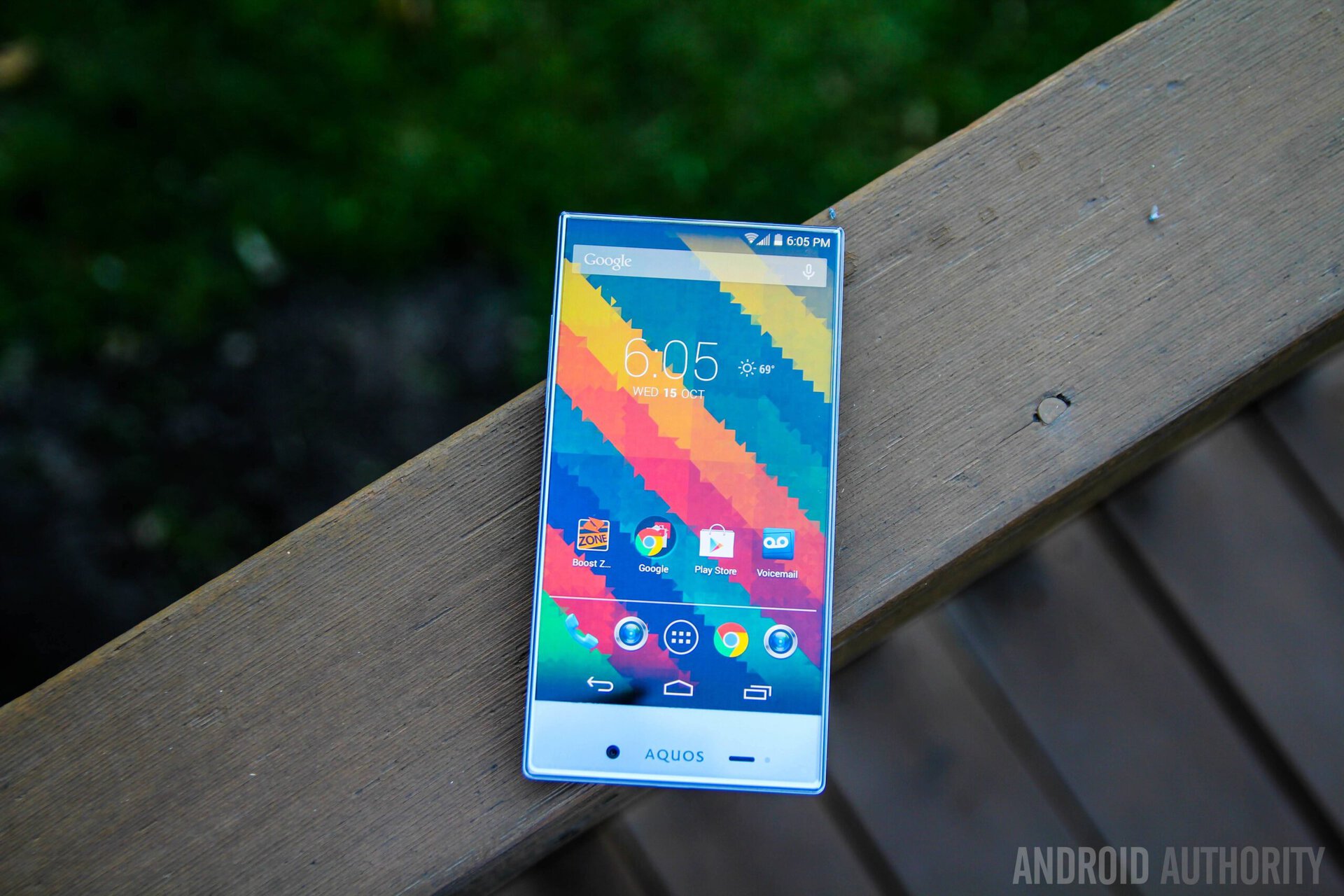
To begin with, the device comes with Harman Kardon’s Clari-Fi audio built-in, which doesn’t work with the external speaker, but is an enhancement while using headphones or bluetooth devices. Another feature is called “Clip Now,” that makes it easier to capture a screenshot by swiping across the top of the display, instead of having to hold down any buttons. The last new feature is called “Frame Effect,” that doesn’t offer a whole lot of utility, but just looks cool. You can make the screen glow or flash when an alarm rings, or if you plug the phone in to charge. You can also make the screen glow around the edges of the glass every time you turn on the phone. As mentioned, it’s really a useful feature, but it does take advantage of the bezel-less design and looks great.
The Sharp Aquos Crystal is a pre-paid smartphone available from Sprint for $149.99, and will be coming soon to Virgin Mobile and Boost Mobile. This device can only connect to CDMA networks, and does take advantage of Sprint’s Spark network for high-speed internet.
So there you have it – a closer look at the Sharp Aquos Crystal! At just $150, this is certainly a very solid smartphone, and if you’re on a budget, definitely a device you should consider. It does have its fair share of issues in terms of camera performance and battery life, with overall performance also not the best. But what does the Aquos Crystal does manage is to stand out in the overcrowded mid-range smartphone arena with its unique design language. While many manufacturers have been trying, Sharp has been the first to achieve something that should hopefully become the norm in terms of design in the near future.